Home>Garden Essentials>How Long To Grow Pineapple From Seed
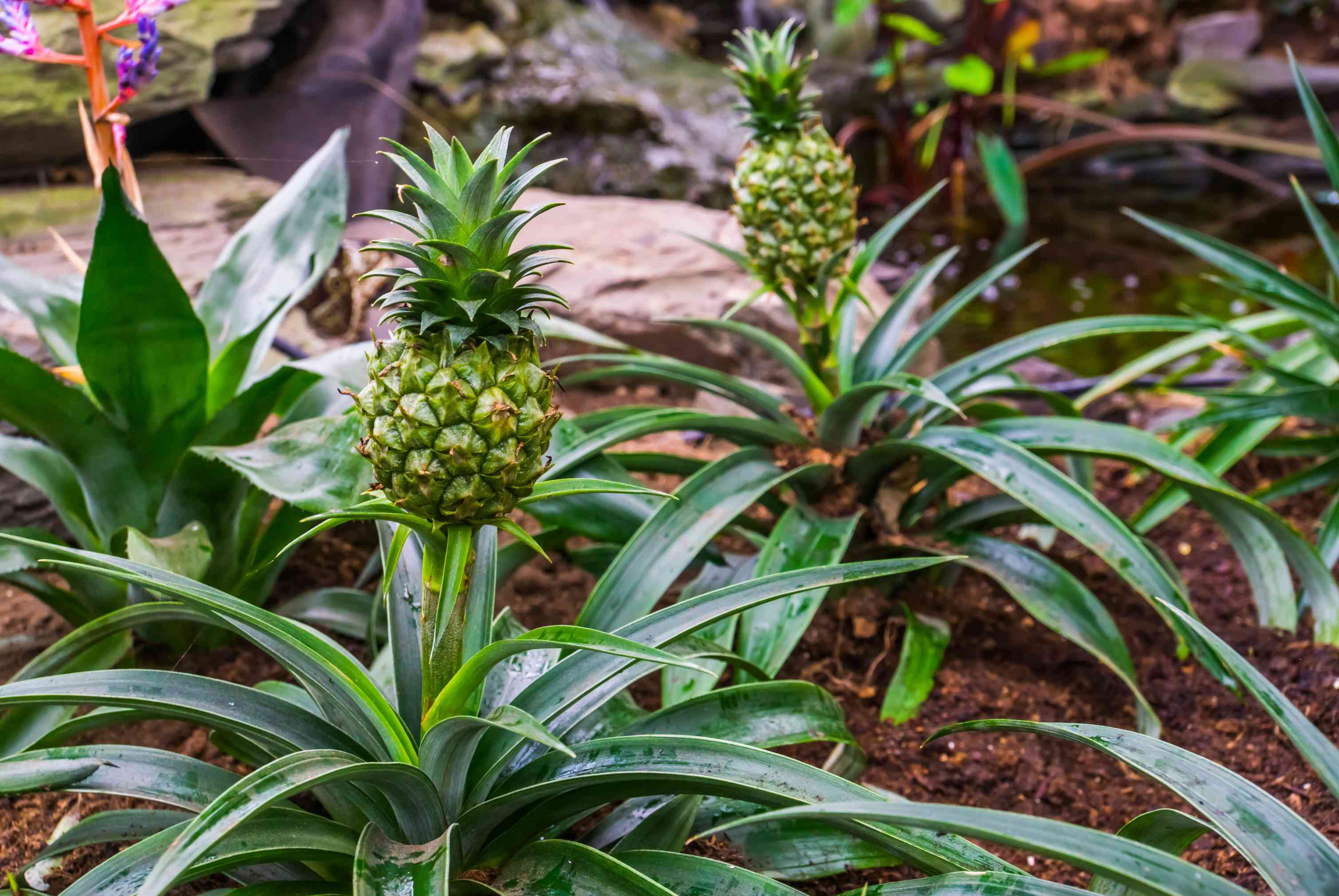

Garden Essentials
How Long To Grow Pineapple From Seed
Modified: March 16, 2024
Discover how long it takes to grow a pineapple from seed in your garden. Everything you need to know about cultivating this tropical fruit for a sweet harvest.
(Many of the links in this article redirect to a specific reviewed product. Your purchase of these products through affiliate links helps to generate commission for Storables.com, at no extra cost. Learn more)
Introduction
Growing pineapple from seeds can be a rewarding and exciting experience. While it may take some patience and care, the process allows you to witness the transformation of a tiny seed into a beautiful, fruit-bearing plant. Whether you’re a seasoned gardener or a beginner, learning how to grow pineapple from seeds can be a fascinating journey.
Not only is the pineapple plant visually appealing, but it also produces delicious fruits that are packed with vitamins and minerals. Pineapples are known for their sweet and tangy flavor, making them a popular choice for eating fresh, juicing, and cooking. Plus, they’re a great source of bromelain, an enzyme with numerous health benefits.
In this article, we will guide you through the process of growing pineapple from seeds. We’ll cover everything from selecting the right seeds to nurturing the plant and eventually harvesting your very own pineapple. So, let’s dive in and get started on this tropical gardening adventure!
Key Takeaways:
- Growing pineapple from seeds is a fun and rewarding journey, but it requires patience and care. From selecting the right seeds to nurturing the plants, each step contributes to the success of growing your own pineapple.
- Remember, not all pineapple seeds will germinate, so it’s important to be patient and not get discouraged. Embrace the process, learn from every step, and enjoy the sweet rewards of your own homegrown pineapple!
Read more: How To Grow A Pineapple From Seed
Selecting the Pineapple Seeds
When it comes to growing pineapple from seeds, the first step is to select the right seeds. While it is possible to grow pineapples from store-bought fruits, it’s important to note that most commercially grown pineapples are hybrid varieties that do not produce viable seeds. Therefore, it’s best to obtain seeds from a reputable seed supplier or from a mature pineapple plant that is known to produce viable seeds.
When selecting pineapple seeds, look for ones that are plump and healthy-looking. Avoid seeds that appear shriveled or discolored, as they may not germinate successfully. It’s also a good idea to choose seeds from a variety of pineapple that suits your climate and growing conditions.
Additionally, consider the source of the seeds. If you’re purchasing seeds, make sure to buy them from a trusted supplier that offers high-quality seeds. If you’re obtaining seeds from a mature pineapple plant, ensure that the parent plant is healthy and disease-free.
Remember, growing pineapple from seeds can be a bit unpredictable, as not all seeds will germinate or produce viable plants. It’s a good idea to gather multiple seeds to increase your chances of success. And don’t get discouraged if not all of the seeds sprout – it’s all part of the gardening journey!
Preparing the Planting Environment
Creating the right planting environment is crucial for the successful growth of pineapple seeds. Pineapples thrive in warm climates, so if you live in a region with cold temperatures, you may consider growing them indoors or in a greenhouse.
Here are some steps to prepare the planting environment:
- Choose a well-draining soil: Pineapples prefer a well-draining soil with a slightly acidic to neutral pH level. Sandy loam soil is a great choice, as it allows for proper drainage while retaining some moisture.
- Prepare the soil: Clear the planting area of any debris or weeds. Loosen the soil using a garden fork or tiller, ensuring that it’s not compacted. If the soil is heavy clay, amend it with organic matter like compost or well-rotted manure to improve drainage.
- Provide ample sunlight: Pineapples thrive in bright sunlight, so choose a location that receives at least 6 hours of direct sunlight every day. If growing indoors or in a greenhouse, use artificial grow lights to provide sufficient illumination.
- Ensure proper airflow: Adequate airflow is essential for preventing fungal diseases and promoting healthy growth. Avoid planting pineapples in areas with stagnant air or excessive humidity. If necessary, use fans or open windows to promote air circulation.
By creating a suitable planting environment, you provide the pineapple seeds with the ideal conditions to germinate and grow into healthy seedlings. Remember to check the specific requirements of the pineapple variety you’re growing, as some may have slightly different needs.
Planting the Pineapple Seeds
Now that you’ve selected the pineapple seeds and prepared the planting environment, it’s time to start planting the seeds. Here’s a step-by-step guide to help you through the process:
- Soak the seeds: Before planting, soak the pineapple seeds in water for 24-48 hours. This helps to soften the seed coat and promote germination.
- Fill seed trays: Fill seed trays or small pots with a well-draining potting mix. Make sure the containers have drainage holes to prevent waterlogging.
- Plant the seeds: Gently press one or two pineapple seeds into each pot or cell, burying them just below the surface of the soil. Space the seeds at least an inch apart to allow room for growth.
- Mist the soil: After planting, mist the soil surface lightly with water. This helps to settle the soil around the seeds and provide a humid environment for germination.
- Place the containers in a warm location: Find a warm spot for the seed trays, ideally around 75-85°F (24-29°C). You can use a warming mat or place the trays on top of a refrigerator to provide bottom heat.
- Provide consistent moisture: Keep the soil evenly moist but not waterlogged. Use a spray bottle or a gentle watering can to avoid disturbing the seeds.
- Be patient and wait for germination: Pineapple seeds can take several weeks to germinate, so be patient and provide the optimal conditions for growth. Once the seedlings emerge, continue to provide adequate light and moisture.
It’s important to note that not all pineapple seeds will germinate, so it’s a good idea to plant more seeds than you actually need. As the seedlings grow, you can thin them out by removing the weaker ones and keeping the strongest plants.
Now that you’ve planted the pineapple seeds, it’s time to care for the seedlings and help them thrive into mature pineapple plants. Let’s explore the next steps in this exciting gardening journey.
Caring for the Seedlings
Once the pineapple seedlings have emerged, it’s important to provide them with proper care to ensure healthy growth. Here are some essential steps to follow when caring for your pineapple seedlings:
- Watering: Pineapple seedlings require regular watering to keep the soil moist but not waterlogged. Ensure that the soil is consistently damp and avoid overwatering, as it can lead to root rot. Adjust the watering frequency based on the environmental conditions and the moisture needs of the seedlings.
- Light: Place the seedlings in a location where they can receive bright, indirect sunlight. If growing indoors, consider using fluorescent grow lights to provide adequate light for at least 10-12 hours a day.
- Fertilizing: After the seedlings have established a few true leaves, you can start fertilizing them. Use a balanced, water-soluble fertilizer and follow the package instructions for application rates. Apply the fertilizer every 4-6 weeks during the growing season.
- Temperature and humidity: Pineapple seedlings thrive in warm and humid conditions. Maintain a temperature range of 70-85°F (21-29°C) and provide humidity by misting the leaves or placing a tray of water near the seedlings.
- Protection: Protect the seedlings from extreme weather conditions, pests, and diseases. If needed, cover the young plants with a thin layer of mulch to retain moisture and provide insulation.
- Thinning: As the seedlings grow, thin out the weaker plants to allow adequate space and resources for the stronger ones. This will help ensure healthier overall growth.
Regularly monitor the seedlings for any signs of stress, such as yellowing leaves, wilting, or pest infestations. Address any issues promptly to prevent further damage and promote strong, vibrant growth.
Remember that pineapple seedlings take time to mature, so be patient and give them the care they need. As they develop, you can start preparing for the next phase: transplanting the seedlings into larger containers or the ground.
Pineapples grown from seeds can take 2-3 years to produce fruit. It’s faster to grow them from the tops of store-bought pineapples.
Read more: How To Grow Pineapple Seeds
Transplanting the Pineapple Seedlings
Once your pineapple seedlings have grown and become stronger, it’s time to transplant them into larger containers or into the ground. Transplanting provides the seedlings with more space to grow their roots and allows them to establish themselves for future growth. Here’s a step-by-step guide to help you with the transplanting process:
- Select the new container or planting site: Choose a container or a sunny spot in your garden with well-draining soil. The container should be large enough to accommodate the root ball of the seedlings, and the planting area should provide ample space for the pineapple plants to spread out.
- Prepare the new planting area: If transplanting to a garden bed, loosen the soil and mix in some compost or organic matter to improve its fertility and drainage. Remove any weeds or grass that may compete with the pineapple plants for nutrients and water.
- Prepare the seedlings: Before removing the seedlings from their current containers, water them thoroughly. This will help moisten the soil and ease the transition process.
- Remove the seedlings: Gently remove the seedlings from their current containers, being careful not to damage the delicate roots. If the roots are tightly bound, you can lightly tease them apart to encourage better growth.
- Plant the seedlings: Dig a hole in the new container or garden bed that is deep and wide enough to accommodate the root ball of each seedling. Place the seedling in the hole, making sure the soil level matches the level it was previously planted, and gently backfill the hole with soil. Press the soil lightly to ensure good contact with the roots.
- Water and mulch: After planting, give the seedlings a thorough watering to help them settle into their new environment. Apply a layer of organic mulch around the plants to help retain moisture and suppress weeds. Keep the soil consistently moist during the initial period after transplanting.
- Provide support (if necessary): If your pineapple variety tends to be top-heavy, you may need to provide support for the emerging fruit. You can use small stakes or plant supports to help prevent the plant from toppling over.
Remember to give your transplanted pineapple seedlings some time to adjust to their new surroundings. They may experience a period of slight shock, during which they may seem droopy or wilted. With proper care, the seedlings should recover within a few weeks and continue to grow vigorously.
Now that your pineapple seedlings are transplanted, it’s time to nurture the plants and guide them towards maturity. Let’s explore the next steps in caring for your growing pineapple plants.
Nurturing the Pineapple Plant
Now that your pineapple plant is established, it’s important to provide ongoing care to ensure its growth, health, and eventual fruit production. Here are some key steps to nurture your pineapple plant:
- Watering: Pineapples require regular watering, especially during dry periods. However, it’s important not to overwater, as pineapples are susceptible to root rot. Allow the top inch of soil to dry out between waterings and adjust the frequency based on the weather conditions and the plant’s needs.
- Fertilizing: Pineapples are heavy feeders, so it’s important to provide them with regular nutrients. Use a balanced slow-release fertilizer or a specially formulated pineapple fertilizer, following the package instructions for application rates and frequency. Avoid over-fertilization, as it can lead to burning of the plant foliage. Consider supplementing with organic compost or compost tea to provide additional nutrients.
- Protecting from pests: Monitor your pineapple plant for any signs of pests, such as aphids or mealybugs. If you notice an infestation, treat it promptly with organic insecticidal soap or neem oil. Regularly inspect the leaves and stem for any signs of damage or disease, and address any issues early on to prevent widespread damage.
- Providing support: As your pineapple plant grows, it may need support to prevent it from toppling over. Use stakes or plant supports to secure the plant’s stem and keep it upright. Also, consider using a pineapple support sling to support the weight of the developing fruit and help prevent damage.
- Weeding: Regularly remove weeds or grass that compete with the pineapple plant for nutrients and moisture. This will help ensure that your pineapple plant receives the full benefits of the soil’s resources.
- Monitoring temperature and humidity: Pineapples prefer a warm and humid environment. Monitor the temperature and adjust accordingly, especially during colder months or in regions with fluctuating weather. Consider misting the leaves or placing a tray of water nearby to increase humidity levels.
- Pruning: Remove any dead or yellowing leaves from the pineapple plant to promote airflow and prevent the spread of diseases. Also, remove any suckers or side shoots that appear around the base of the plant to focus the energy on the main plant and fruit production.
With proper nurturing and care, your pineapple plant will continue to grow and develop. It typically takes about 18 to 24 months for a pineapple plant to reach maturity and produce fruit. During this time, enjoy watching your plant flourish and look forward to the rewarding experience of harvesting your own homegrown pineapple.
Now that you’ve learned how to nurture your pineapple plant, let’s explore the final stage: harvesting the pineapple!
Harvesting the Pineapple
After months of patiently nurturing your pineapple plant, the exciting moment has finally arrived – it’s time to harvest your homegrown pineapple! Here are the steps to follow when harvesting a pineapple:
- Observe the signs of ripeness: Before harvesting, it’s important to ensure that the pineapple is fully ripe. Look for signs such as a golden or yellow color on the skin, a sweet tropical fragrance, and leaves that are easily plucked from the crown with a gentle tug.
- Prepare the harvesting tools: You’ll need a sharp knife or gardening shears to cut the pineapple from the plant. Ensure that your tools are clean and sharp to make clean cuts without damaging the plant or fruit.
- Protect yourself: Pineapple plants have sharp spiky leaves, so wear gardening gloves and protective clothing to avoid getting pricked. This will help keep you safe during the harvesting process.
- Select the pineapple: Choose a pineapple that appears ripe and healthy. Gently twist and tug the fruit to see if it releases easily from the plant. Avoid harvesting pineapples that are still green or underripe, as they may not have developed their full flavor.
- Harvest the pineapple: Hold the pineapple firmly at the base and use your knife or shears to cut the fruit from the plant, leaving some of the stem attached to the fruit. Take care not to damage nearby foliage or other fruits on the plant.
- Trim the pineapple: Once the fruit is harvested, remove any excess foliage or prickly scales from the pineapple skin. Be cautious when handling the fruit, as the spiky leaves can still cause injury.
- Clean and store the pineapple: Rinse the harvested pineapple under cool running water to remove any dirt or debris. Allow it to air dry before storing it in a cool, dry place. Alternatively, you can refrigerate the pineapple for a few days to extend its shelf life.
Keep in mind that freshly harvested pineapples are incredibly flavorful and juicy. Enjoy the fruits of your labor by indulging in the sweet taste of your homegrown pineapple. Use it in a variety of culinary creations, from refreshing smoothies and fruit salads to savory dishes and desserts.
With each successful harvest, take a moment to appreciate the journey from seed to fruit and the satisfaction of growing your own pineapple. You’ve accomplished a remarkable feat as a gardener and can now savor the delicious rewards of your hard work!
Congratulations on successfully harvesting your pineapple, and may you continue to enjoy the fruits of your labor in your garden!
Conclusion
Growing pineapple from seeds can be a fun and rewarding experience, allowing you to witness the transformation of a tiny seed into a luscious tropical fruit. While it requires patience, care, and a bit of knowledge, the process of growing pineapple seeds is incredibly fulfilling for gardeners of all skill levels.
From selecting the right seeds to preparing the planting environment, planting the seeds, and caring for the seedlings, each step in the journey contributes to the overall success of your pineapple plants. Nurturing the pineapple plants through proper watering, fertilizing, and protecting them from pests and environmental challenges ensures their healthy growth.
When the time comes for harvesting, the ripeness indicators of golden color, sweet fragrance, and loose leaves will guide you in selecting the perfect pineapple. With a sharp knife or shears, you can cut the fruit from the plant, trim it, and enjoy the delightful flavor of your homegrown pineapple.
Remember, growing pineapple from seeds may require some experimentation and not all seeds will be successful. It’s all part of the learning process and the joy of gardening. Don’t be discouraged by setbacks, but rather embrace them as opportunities to learn and grow as a gardener.
Throughout this journey, you have learned the intricacies of selecting seeds, preparing the planting environment, caring for seedlings, transplanting, nurturing the plants, and finally, harvesting the pineapples. It’s a testament to your dedication and passion for gardening.
So, whether you’re a seasoned gardener looking for a new challenge or a beginner eager to embark on a tropical gardening adventure, growing pineapple from seeds is a marvelous endeavor. The satisfaction of nurturing a pineapple plant from a tiny seed to a fruit-bearing marvel is incomparable. Embrace the process, learn from every step, and enjoy the sweet rewards of your own homegrown pineapple.
Happy gardening and may your pineapple-growing journey be filled with joy and fruitful success!
Frequently Asked Questions about How Long To Grow Pineapple From Seed
Was this page helpful?
At Storables.com, we guarantee accurate and reliable information. Our content, validated by Expert Board Contributors, is crafted following stringent Editorial Policies. We're committed to providing you with well-researched, expert-backed insights for all your informational needs.
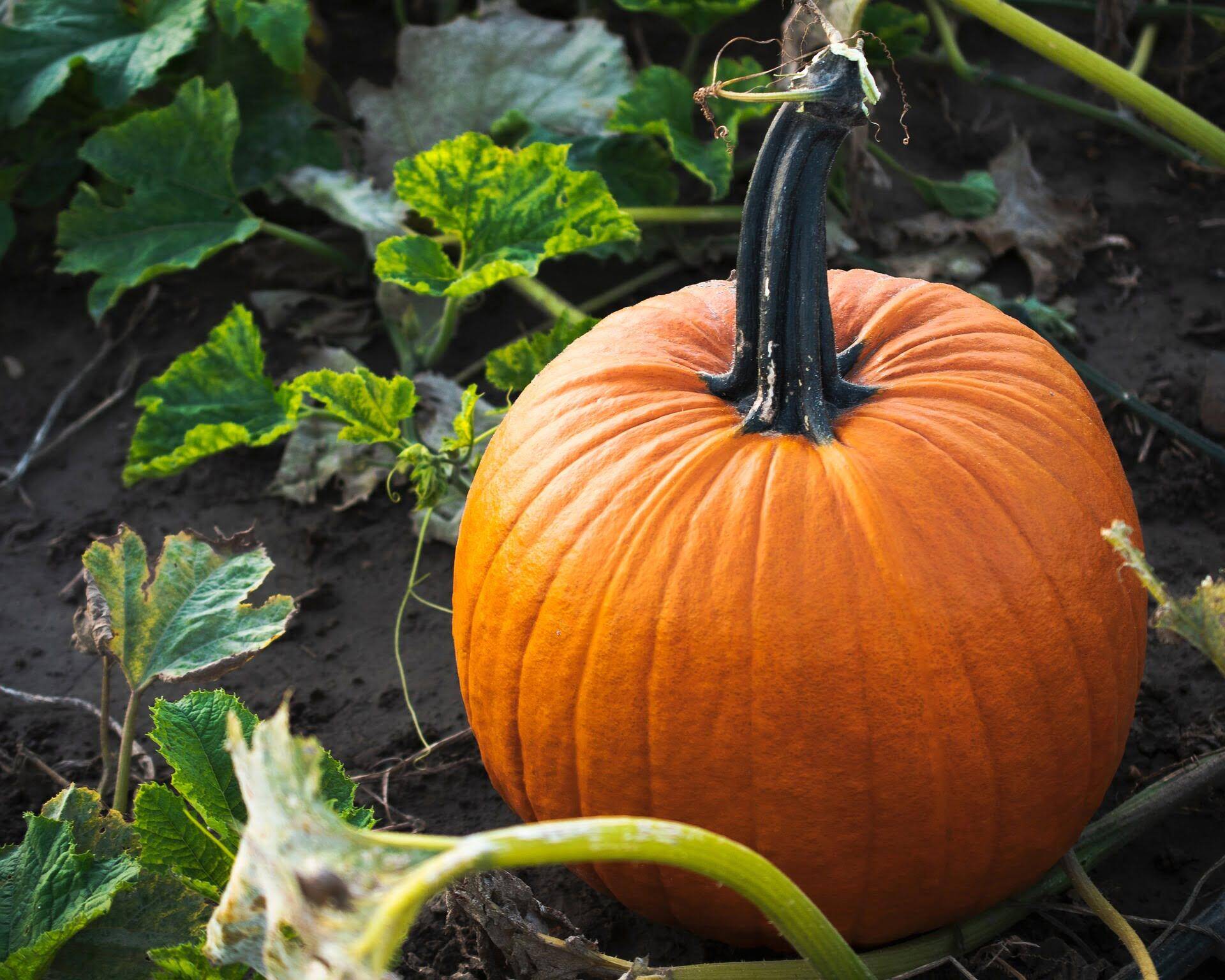
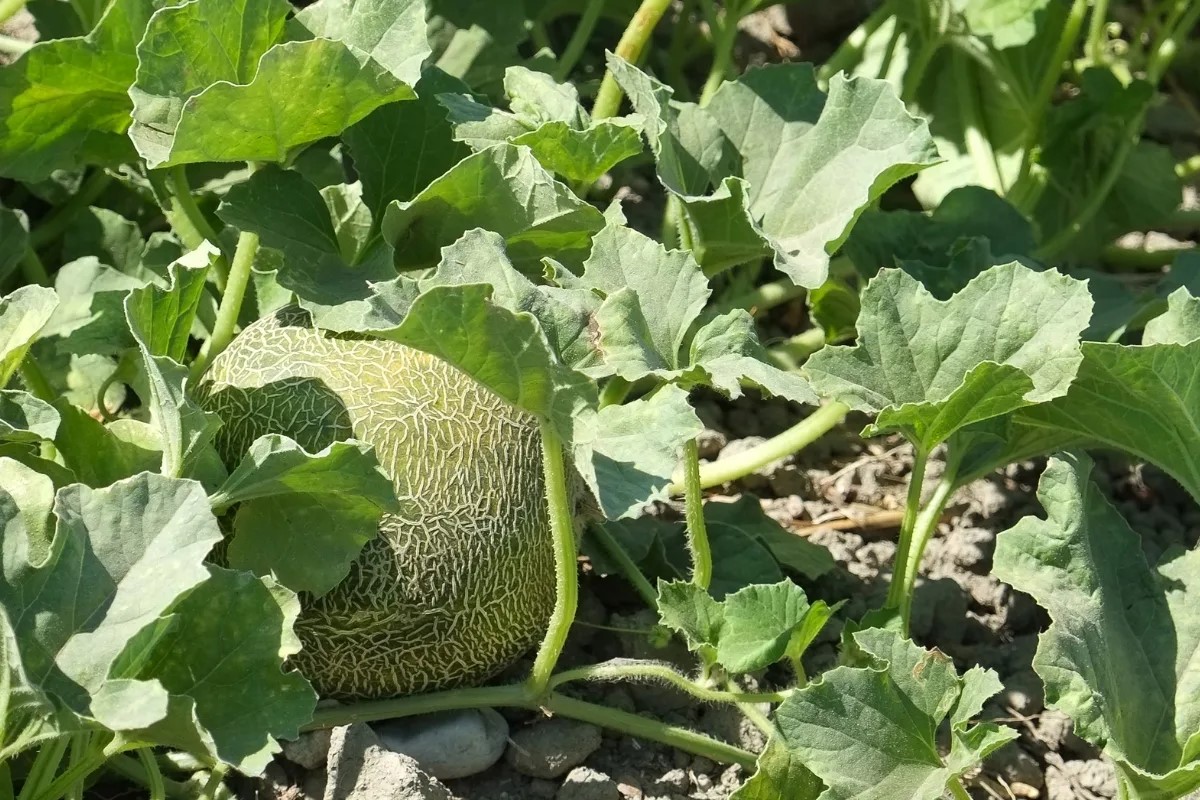
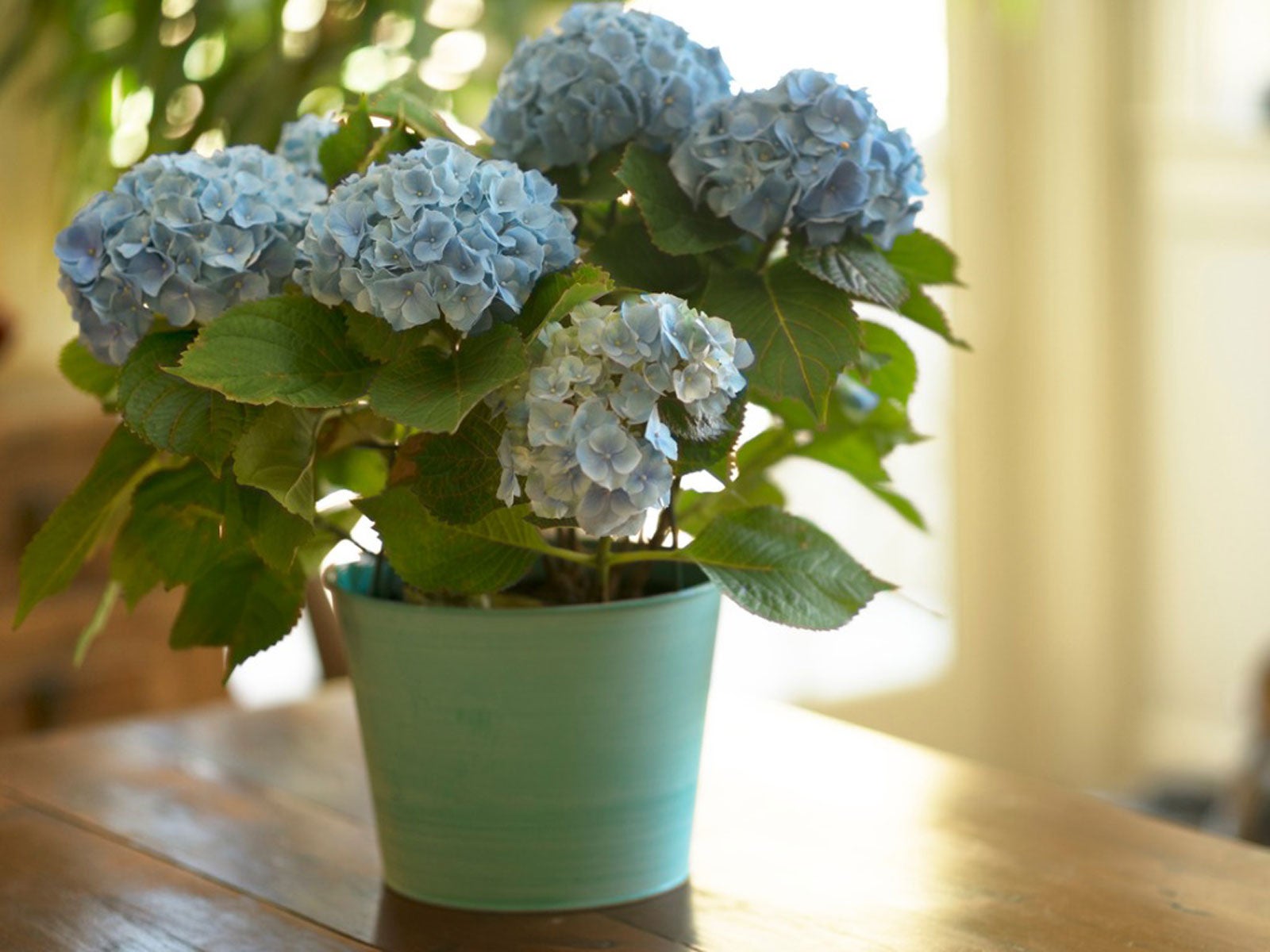
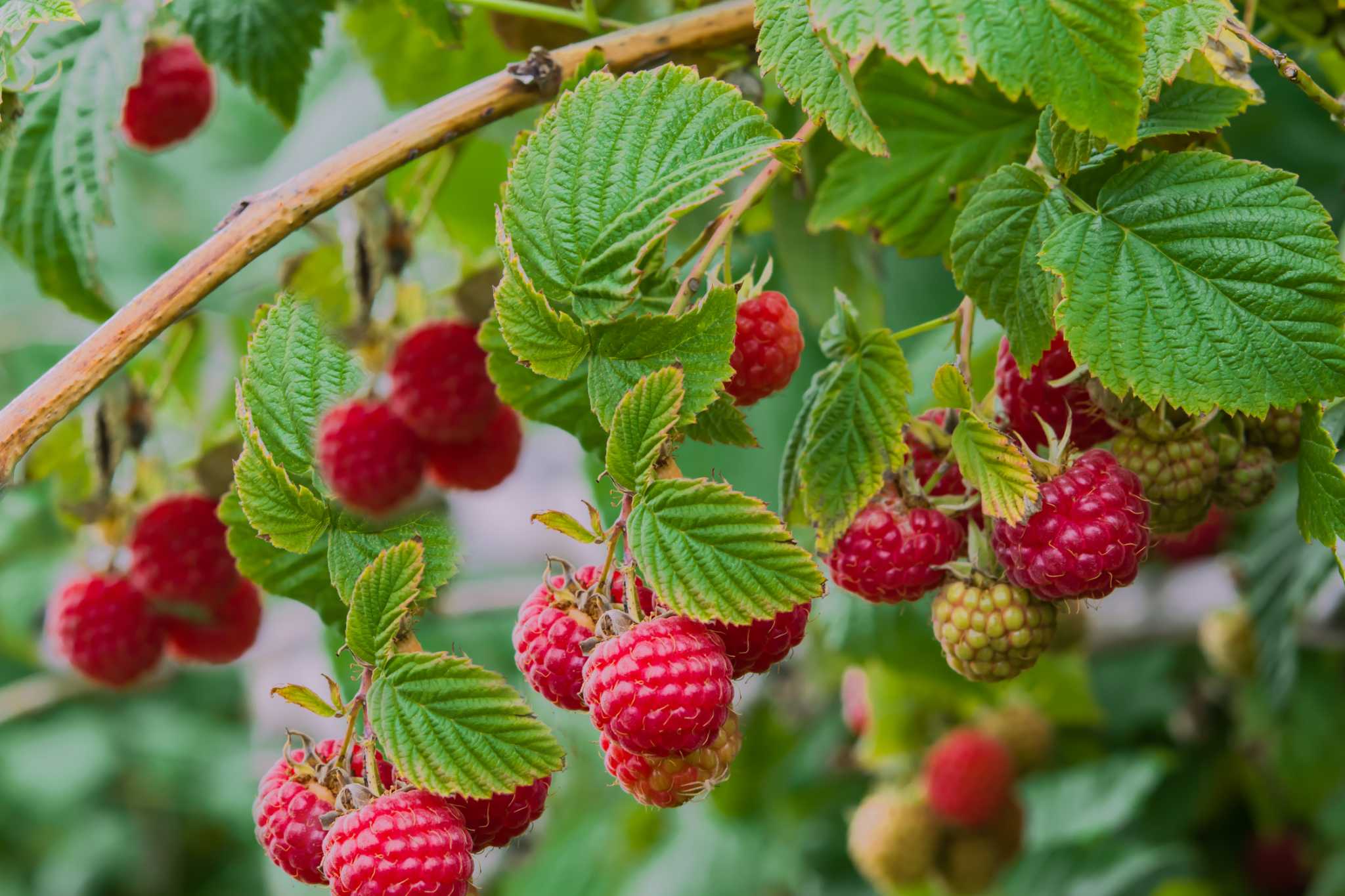
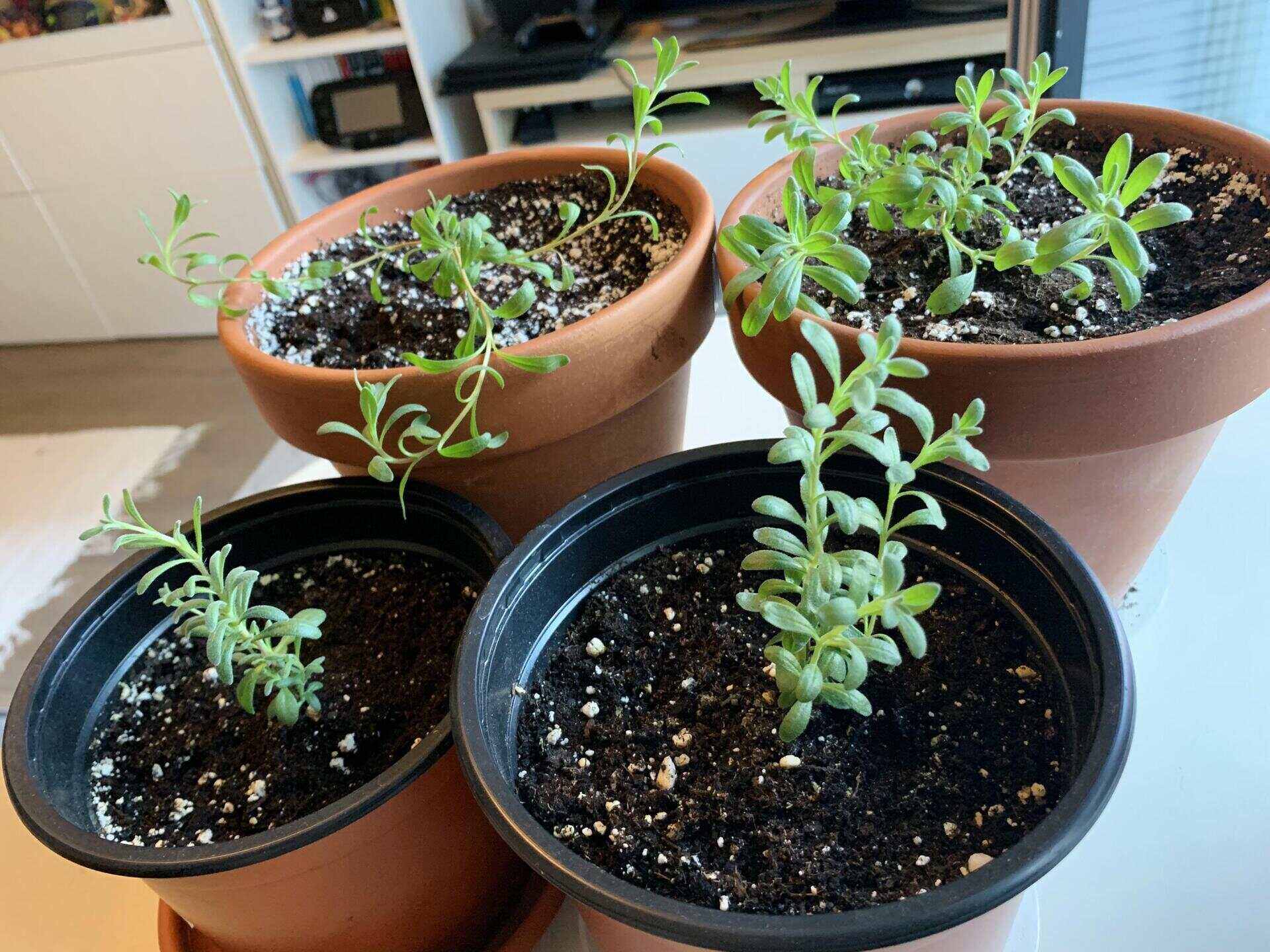
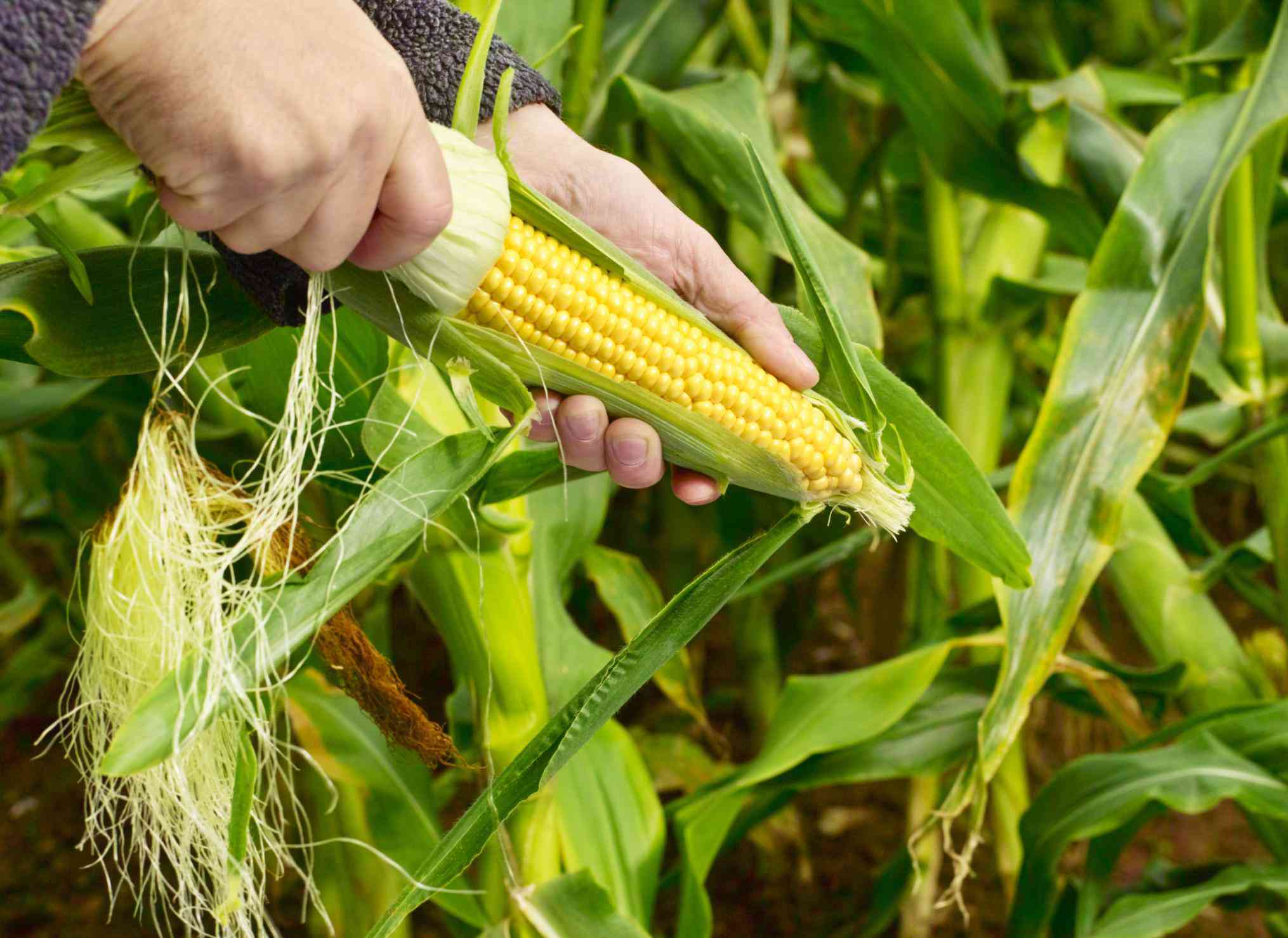
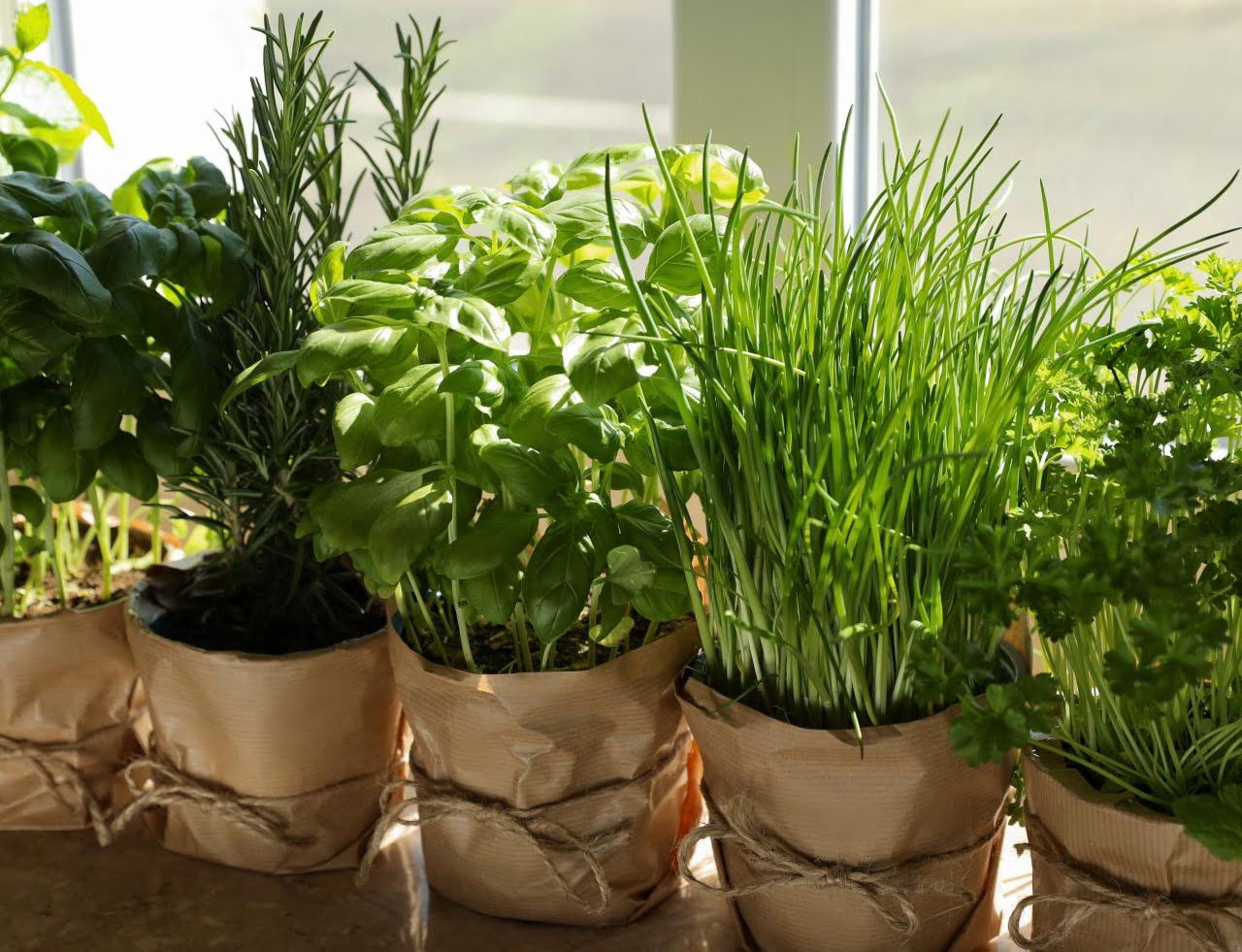
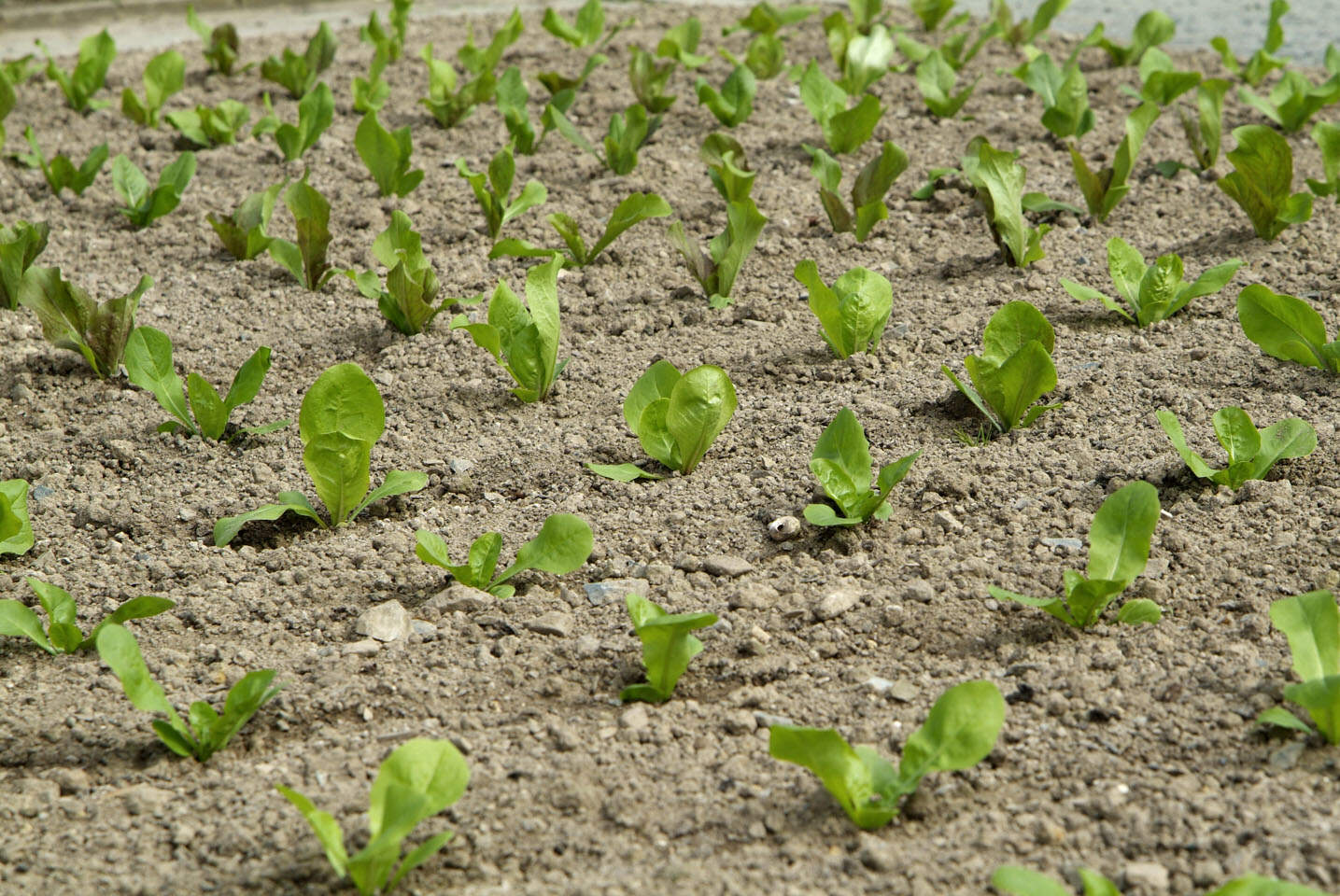
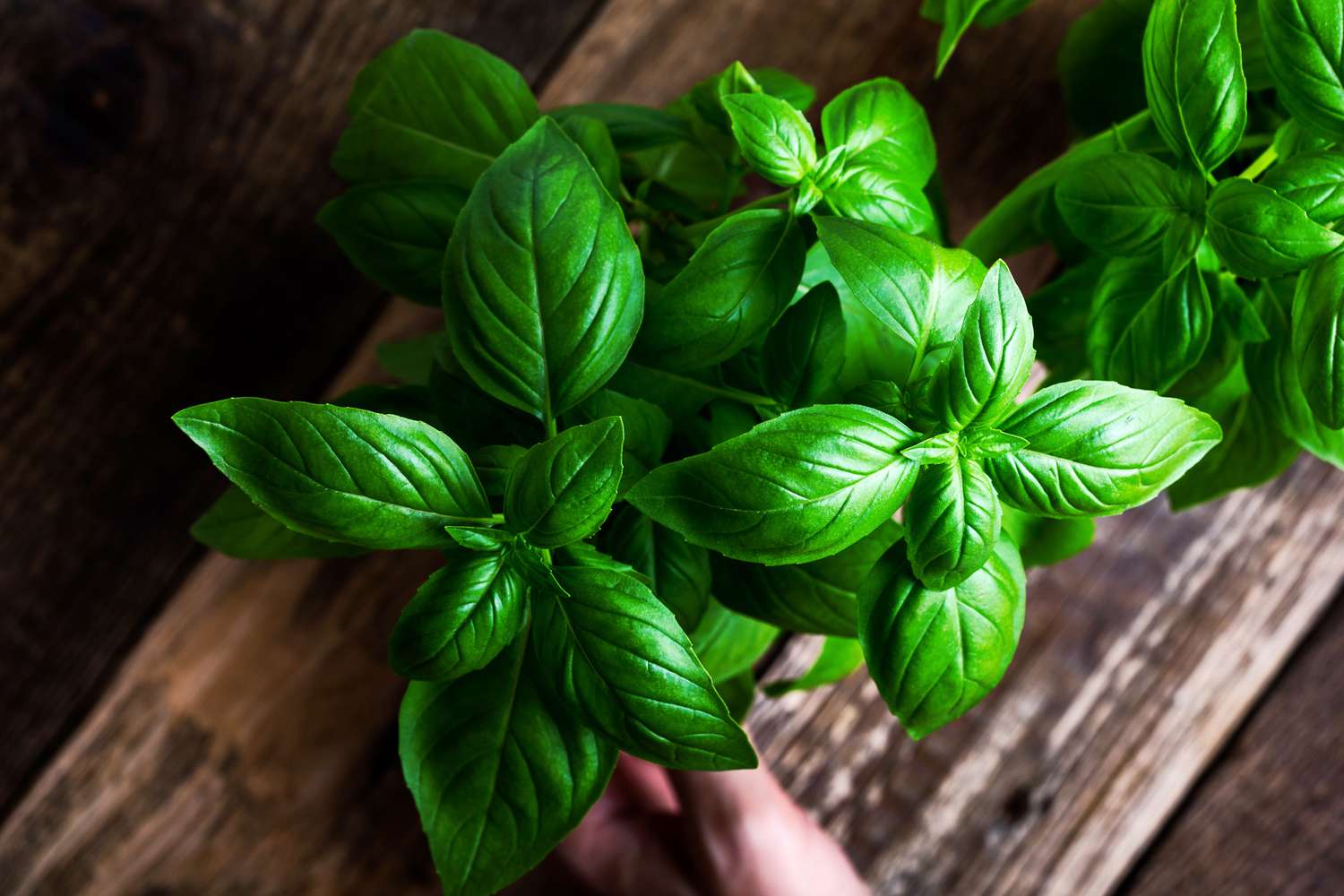
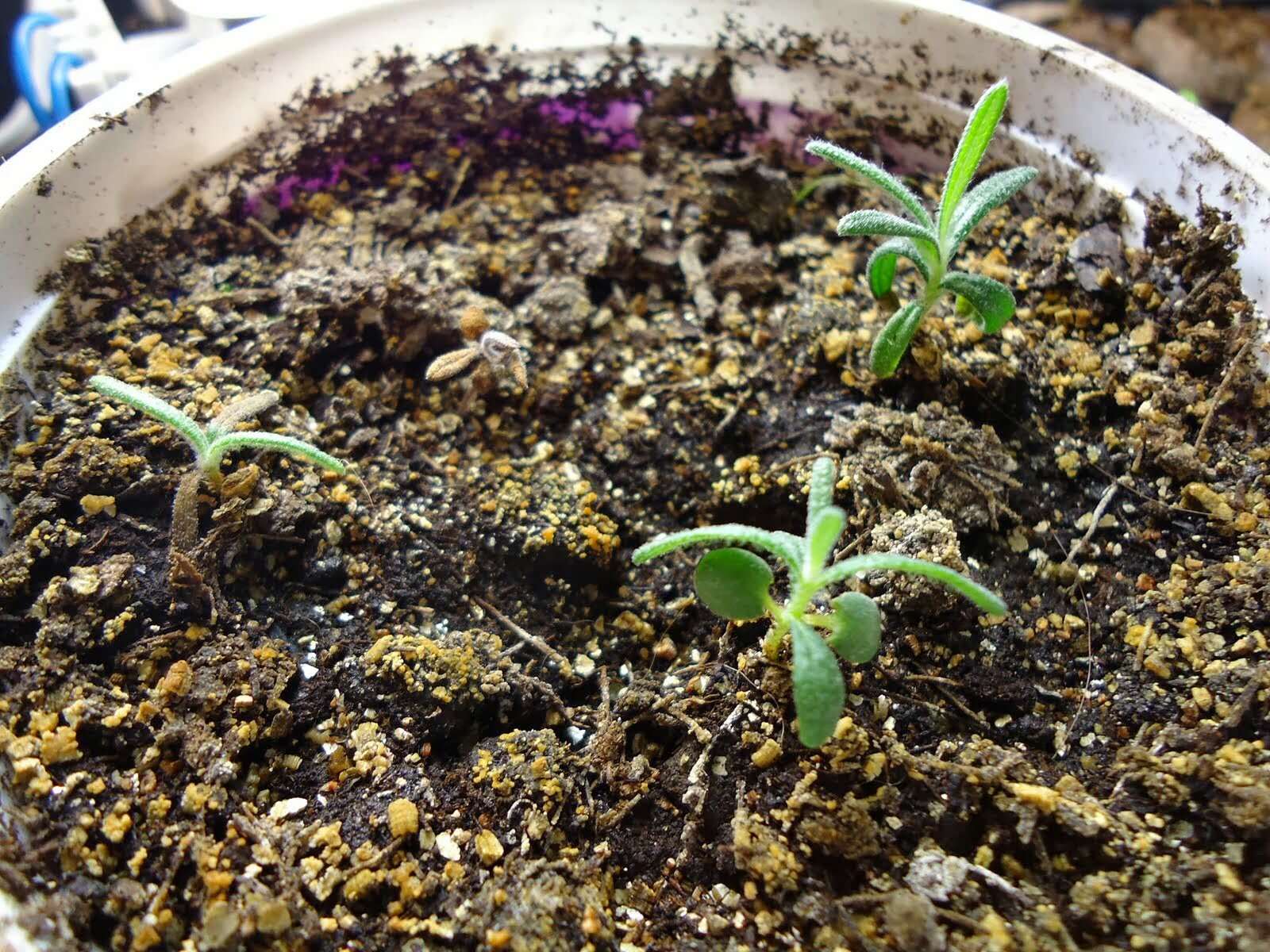
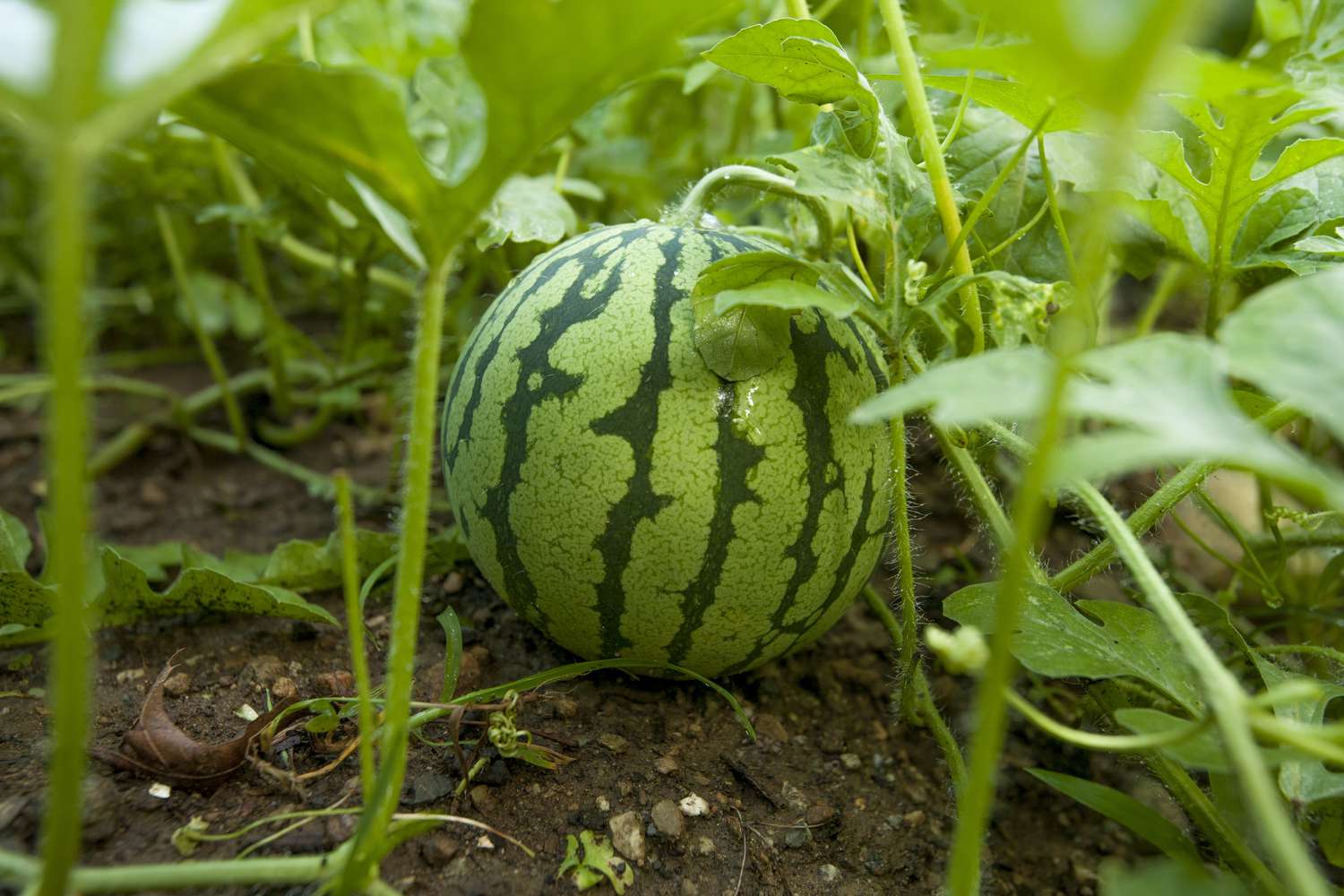
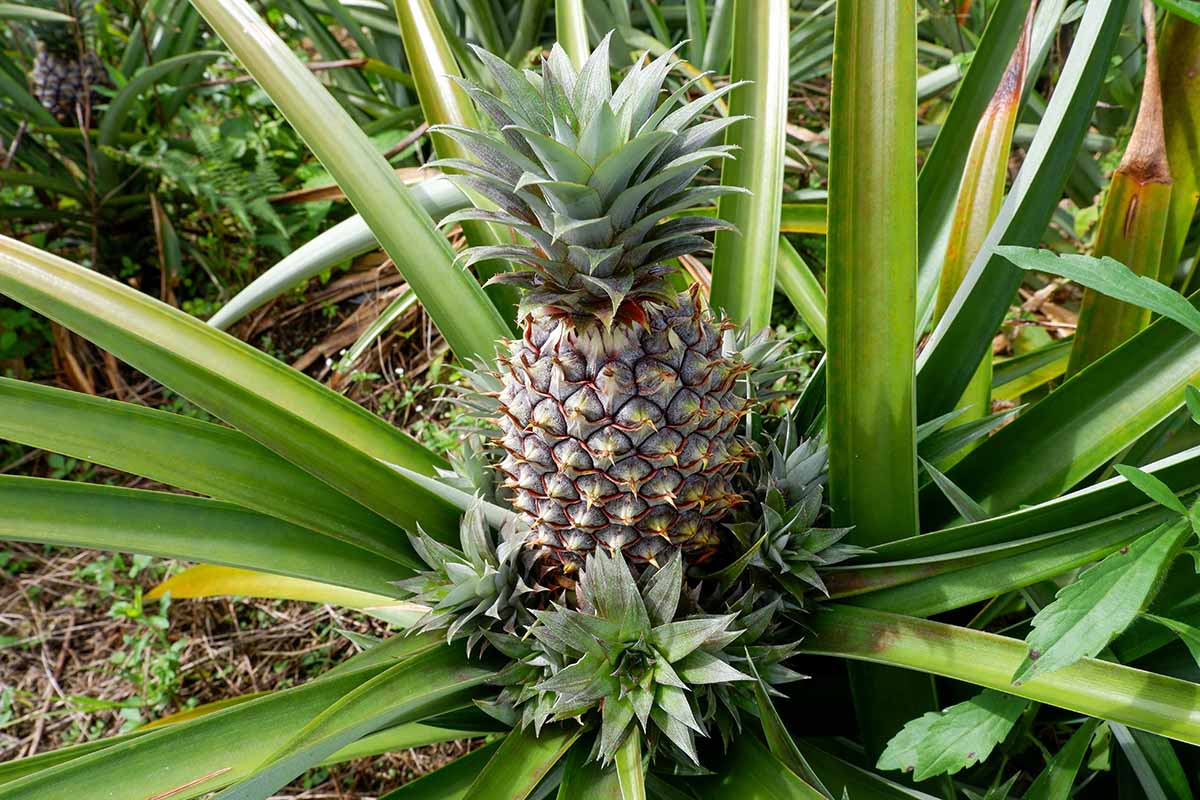
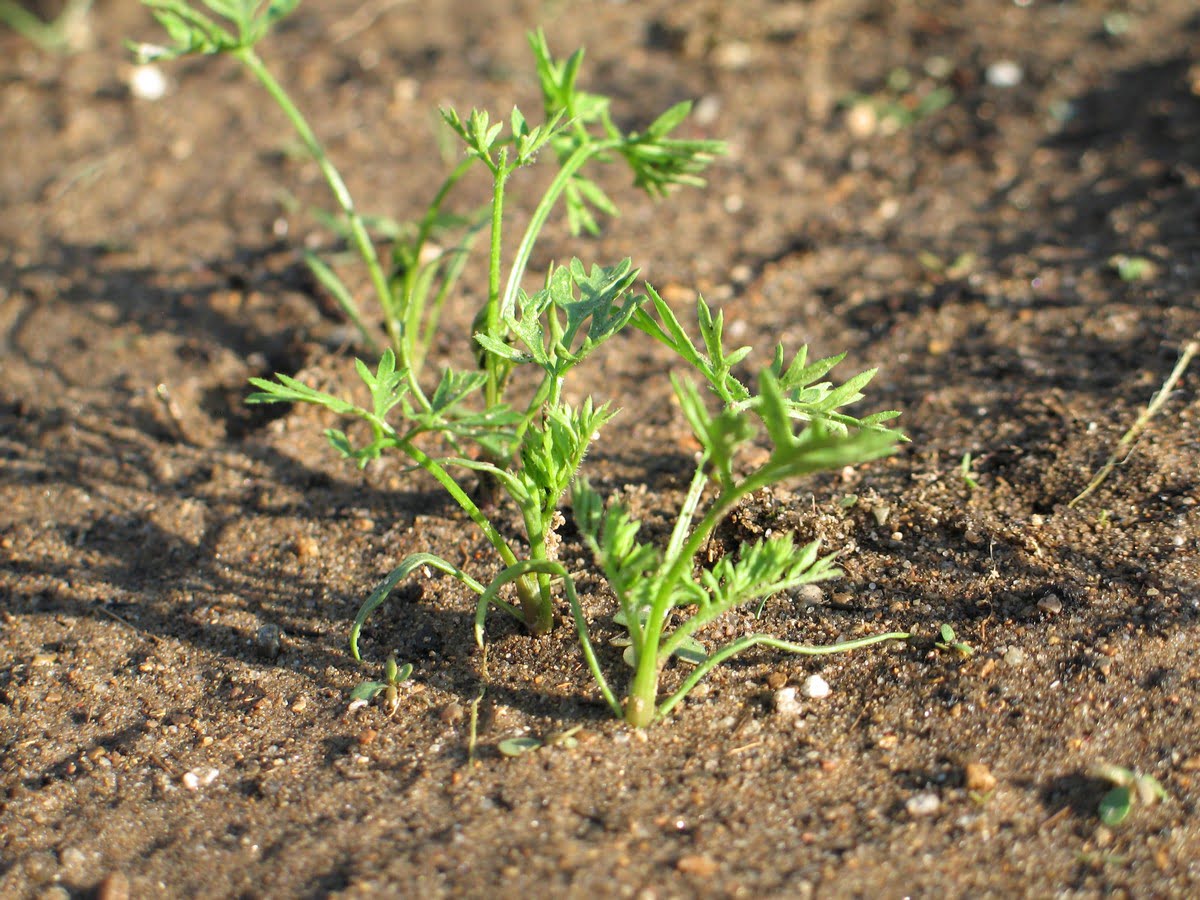
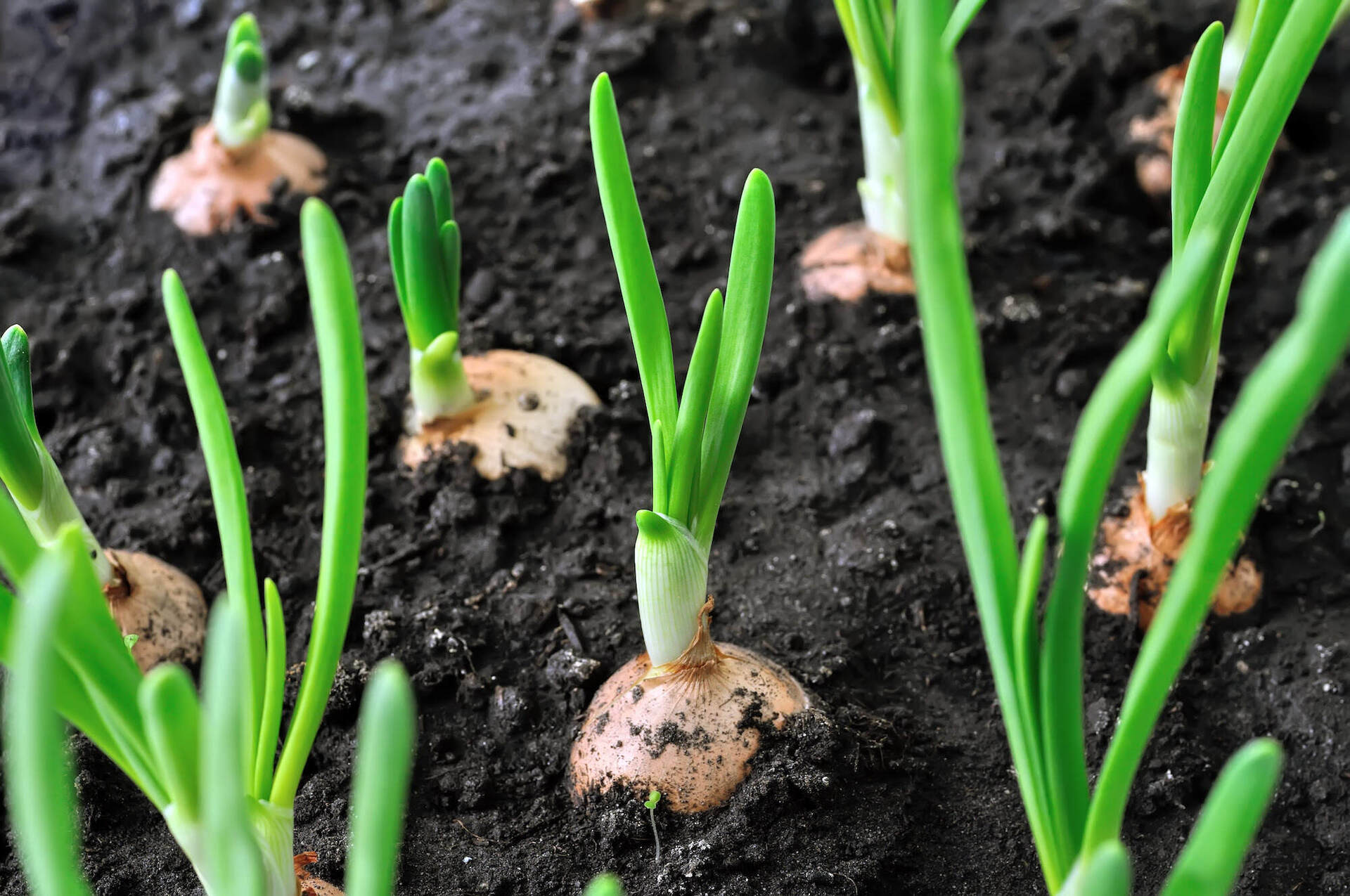

0 thoughts on “How Long To Grow Pineapple From Seed”